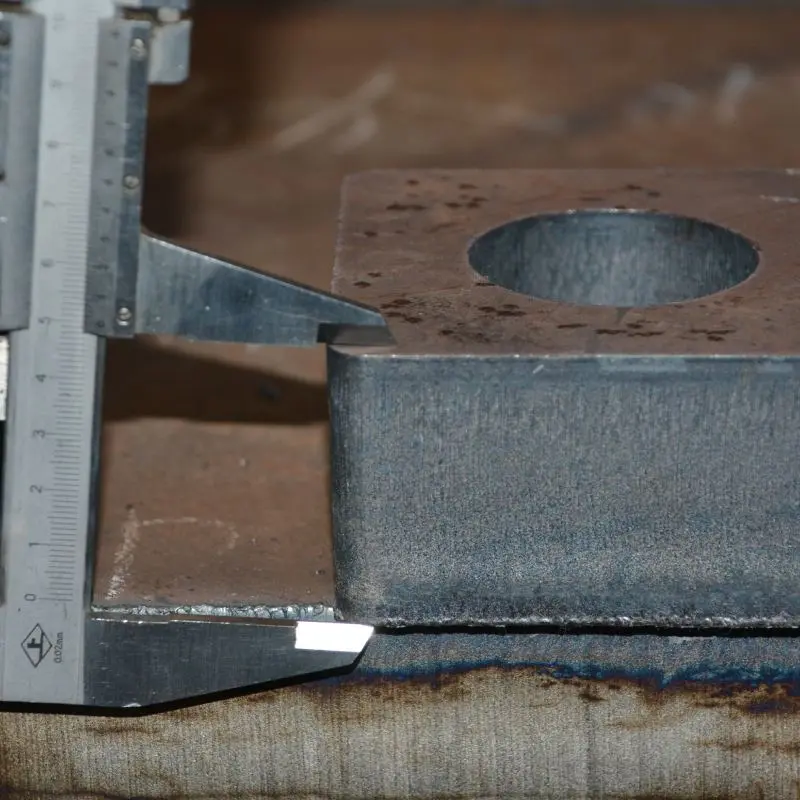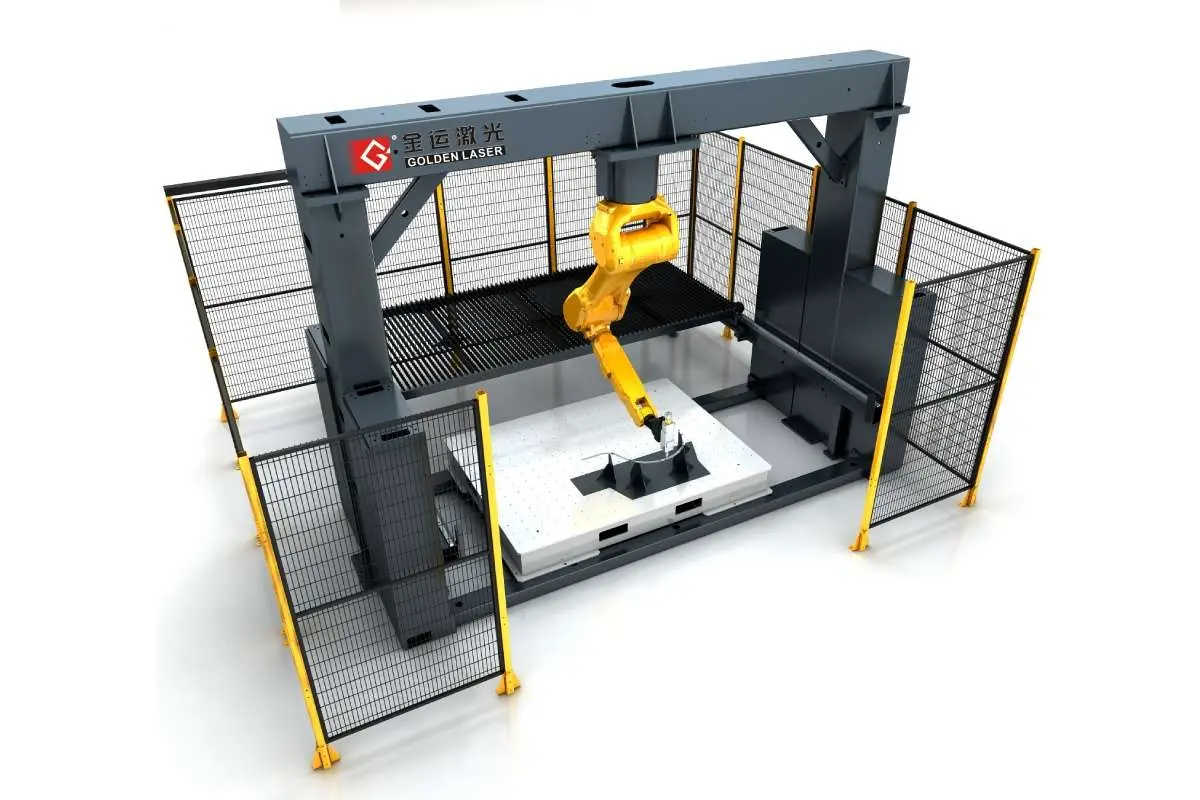
Exploring the Advantages and Applications of Dual Use Laser Cutting Technology in Modern Manufacturing Processes
In recent years, laser cutting technology has emerged as a sophisticated and versatile method of processing materials across various industries. Among the innovative advancements in this field is the concept of dual-use laser cutting, which refers to the ability of a single laser cutting system to operate with different types of lasers or to handle a variety of materials. This revolutionary approach not only enhances the efficiency and flexibility of manufacturing processes but also significantly reduces costs and improves productivity.
At its core, dual-use laser cutting technology allows manufacturers to utilize both fiber and CO2 lasers within the same system. Each type of laser offers unique advantages depending on the material being processed. CO2 lasers are known for their efficacy in cutting non-metal materials such as wood, plastics, and fabrics, while fiber lasers shine when working with metals, particularly thin to medium thickness materials. By combining these two laser technologies, companies can expand their capabilities without needing multiple dedicated machines, thereby streamlining operations and minimizing the necessary floor space.
One of the key advantages of dual-use laser cutting is its significant impact on operational flexibility. Traditional manufacturing setups often require separate machines to cut different materials, resulting in longer changeover times and increased overhead costs. With a dual-use system, manufacturers can quickly switch between materials, thus substantially reducing downtime and maintaining continuous workflow. This flexibility is particularly beneficial for companies that deal with varying production volumes, as they can quickly adapt to changing demands without making significant investments in new machinery.

Exploring the Advantages and Applications of Dual Use Laser Cutting Technology in Modern Manufacturing Processes
Moreover, the integration of dual-use laser cutting systems enables manufacturers to achieve higher precision and better quality in their outputs. Advances in laser technology and control systems have proven effective in producing intricate designs and tight tolerances, which are essential in industries such as aerospace, automotive, and electronics. By using dual-use systems, manufacturers are capable of achieving finer details and cleaner cuts, which ultimately enhances the quality of the final product. This precision also contributes to less material waste, allowing for a more sustainable approach to manufacturing.
In addition to the ability to process different materials, dual-use laser cutting systems often come equipped with advanced software and automation features. These modern systems can integrate computer-aided design (CAD) and computer-aided manufacturing (CAM) capabilities, allowing for a seamless workflow from design to production. Automation also plays a critical role in maintaining consistent quality and reducing human error, which is particularly important in high-volume production environments. By leveraging these technologies, manufacturers are positioned to improve their efficiency, further lowering production costs and increasing their competitive edge in the marketplace.

Exploring the Advantages and Applications of Dual Use Laser Cutting Technology in Modern Manufacturing Processes
The applications of dual-use laser cutting technology span a wide range of industries and products. From intricate components in electronic devices to large signage and architectural elements, the versatility of this technology allows for the production of diverse items with varying material needs. For example, in the automotive sector, dual-use laser systems can cut metal parts while also processing plastics for interior components—all from a single machine. Similarly, in the textile industry, manufacturers can effortlessly switch from cutting natural fibers to synthetic materials without the need for reconfiguration.
The economic benefits of adopting dual-use laser cutting technology cannot be overstated. With the rising costs of raw materials and the need to make manufacturing processes more efficient, companies are continuously looking for ways to optimize their operations. By utilizing a single machine capable of processing multiple materials, organizations can significantly reduce capital expenditure and maintain a leaner operational model. This improved resource management fosters innovation, allowing manufacturers to focus on product development and enhancement rather than merely managing machine upkeep.
In conclusion, dual-use laser cutting technology represents a significant advancement in manufacturing processes. Its ability to combine the strengths of different laser types within a single system enhances operational flexibility, precision, and overall efficiency. As manufacturers strive to meet the challenges of a rapid-paced market, integrating dual-use laser cutting into their production lines can be a transformative step toward achieving more sustainable, cost-effective, and high-quality outcomes. As technology continues to evolve, the future of dual-use laser cutting looks promising, paving the way for even greater innovations in manufacturing. Laser Cutter For Automotive Parts



